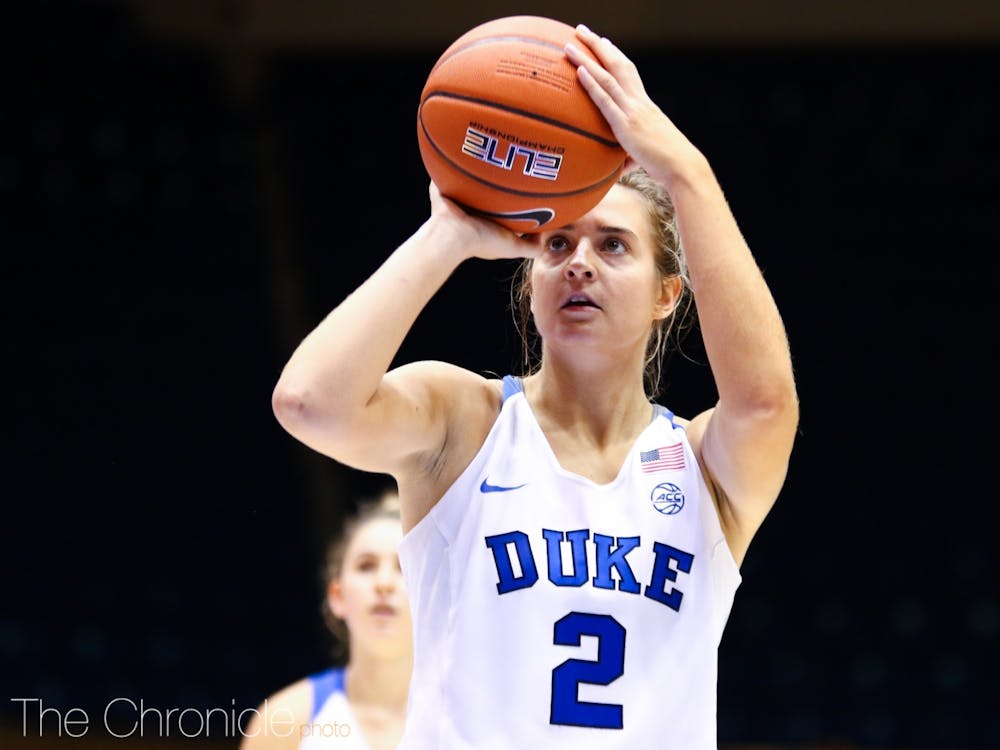The national women’s basketball polls are a mess right now.
Numerous top-10 teams were upset last week. There is little-to-no consensus on the favorite for the national title, and the bottom 15 spots in the weekly polls have lacked consistency for months.
We’re all familiar with the concept of the NCAA polls. Depending on your choice of poll, a collection of journalists or coaches submits rankings of who they consider the best 25 teams in the nation for a particular sport at that particular time, and these individual rankings are all averaged to get an overall poll. The key here is that the polls are supposed to indicate which teams are the best right now. Sure, what one team did in November is relevant, but only to the extent that it can be another indicator of its current quality.
If that team played a slate of games in November and December using strategies that it's since altered, or its talent has developed significantly since then, or two of its best players have returned from injury since, then it should be considered in a very different light, right?
What if that team stands fourth in a major conference, behind three ranked teams? What if that team has played well since it returned major rotation pieces from injury? What if that team has played two top-10 teams since the turn of the calendar year, and lost to each by a total of just eight points?
That team is the Blue Devils, so why are they a national afterthought?
For all of the grief Duke received for its play over the first two months of the season, the Blue Devils have been one of the better teams in the entire country over the past month. Their rotation, in flux for the early going, has solidified, and the top end of their bench features some of the best backup talent in the country. One of their best players would still be on the Wooden Award watch list if not for the team’s early struggles, and the other is a first round draft talent who is in the midst of a career-best stretch of play.
What’s perhaps most impressive about Duke’s recent play isn’t just how much better each of its players have been; it's how well they’ve come together as a team. The early-season teamwork was often nonexistent. The Blue Devils deployed an offense that too often relied on hero ball from Haley Gorecki after her teammates couldn’t find an open look or couldn’t convert the ones they were given, and a defense that had trouble sliding its perimeter wings to cover backside shooters and couldn’t hand off assignments in the paint to save its life.
Now the offense is zipping the ball around the court, generating open looks from three and easy layups in the paint. The defense has been rejuvenated and is limiting high-powered offenses left and right. And the Blue Devils are now projected to nab a March Madness bid.
None of this would matter if there were at least 25 other, unquestionably great teams. But there most certainly are not. The current polls are populated by the likes of Missouri State, an RPI darling who has played just three top-25 teams and lost by double-digits to two of them, Tennessee, which has beaten one ranked foe, and South Dakota, which has played only one quality matchup: a loss.
Not exactly a stacked group.
Get The Chronicle straight to your inbox
Signup for our weekly newsletter. Cancel at any time.

